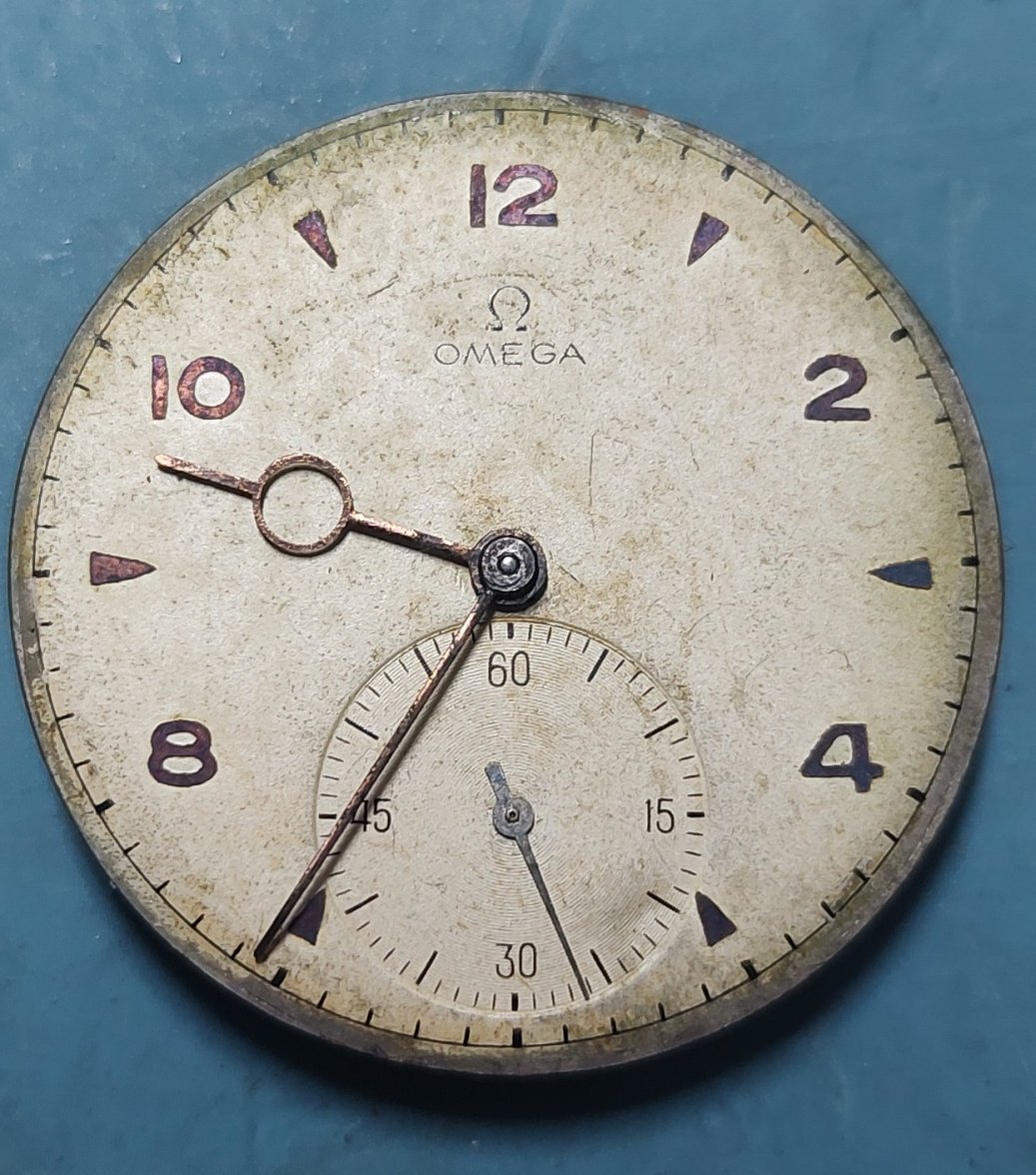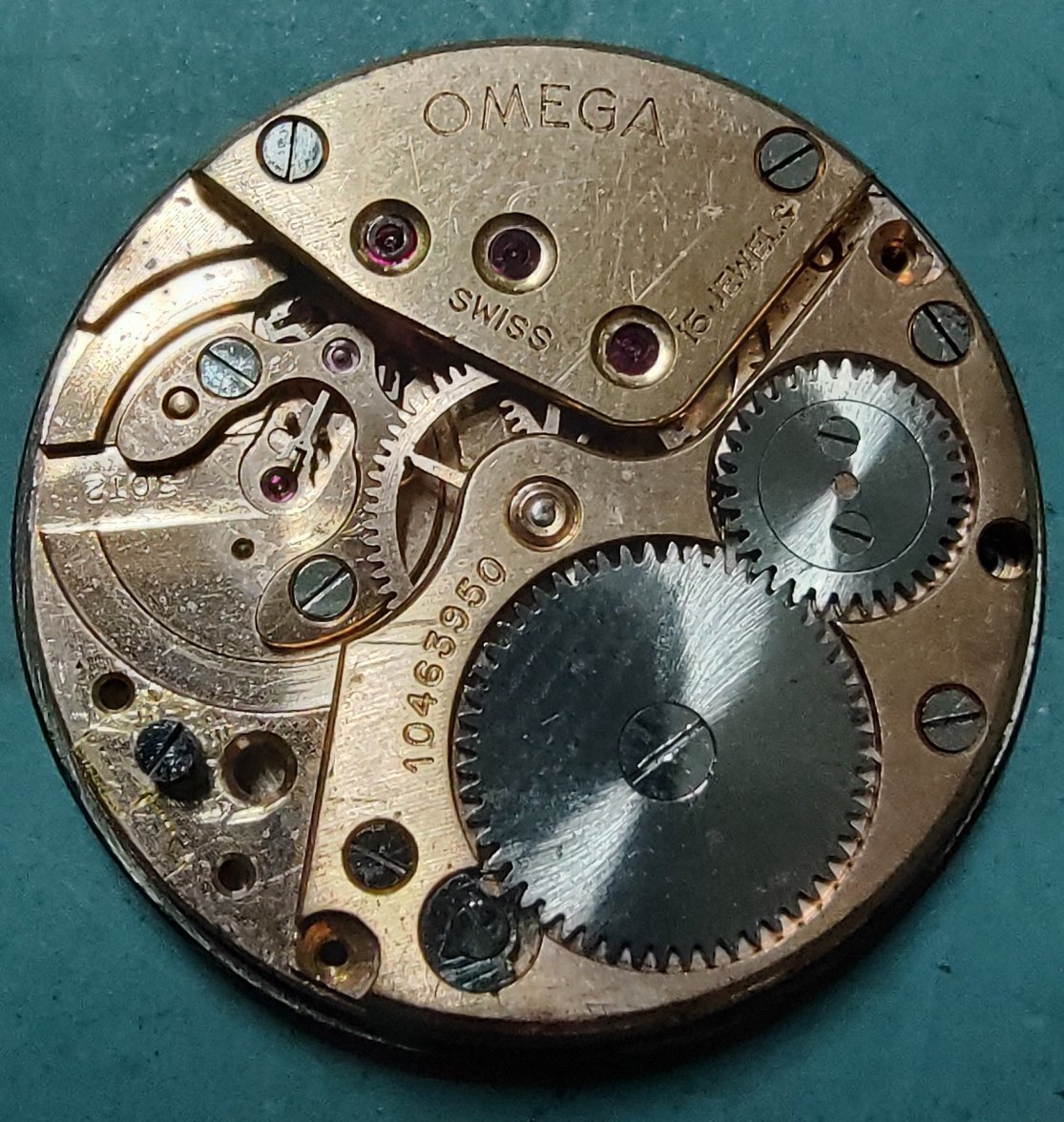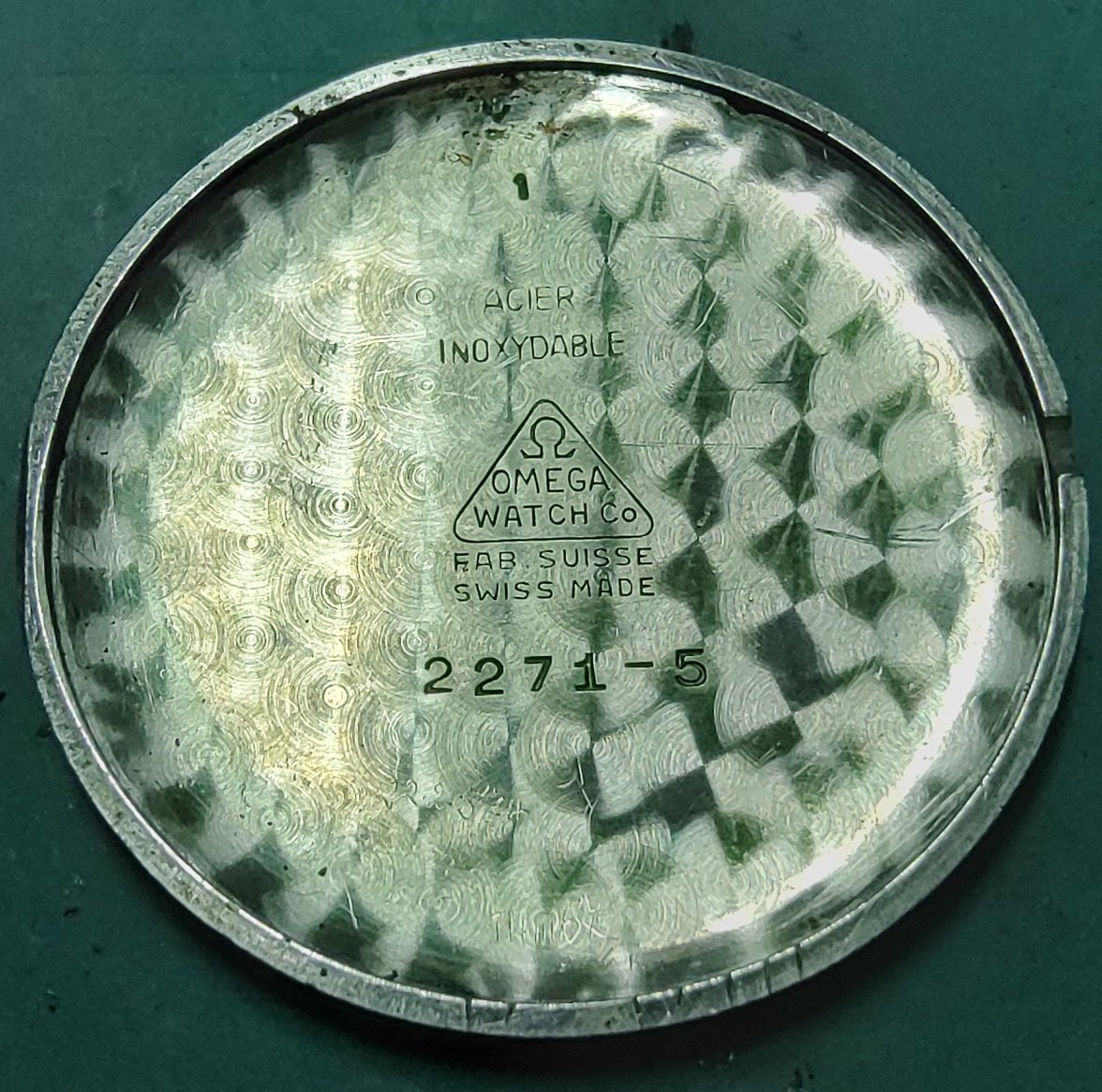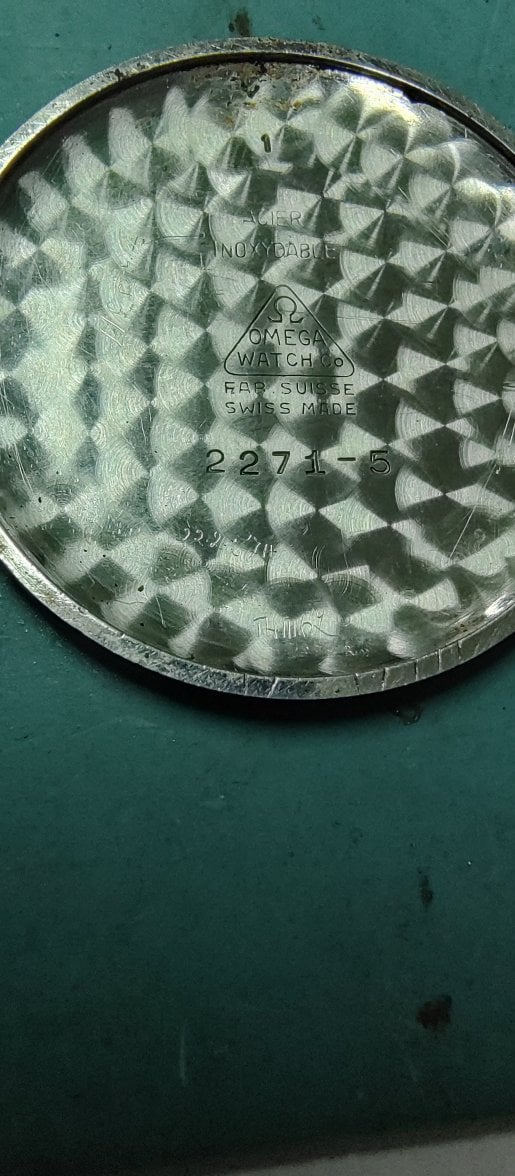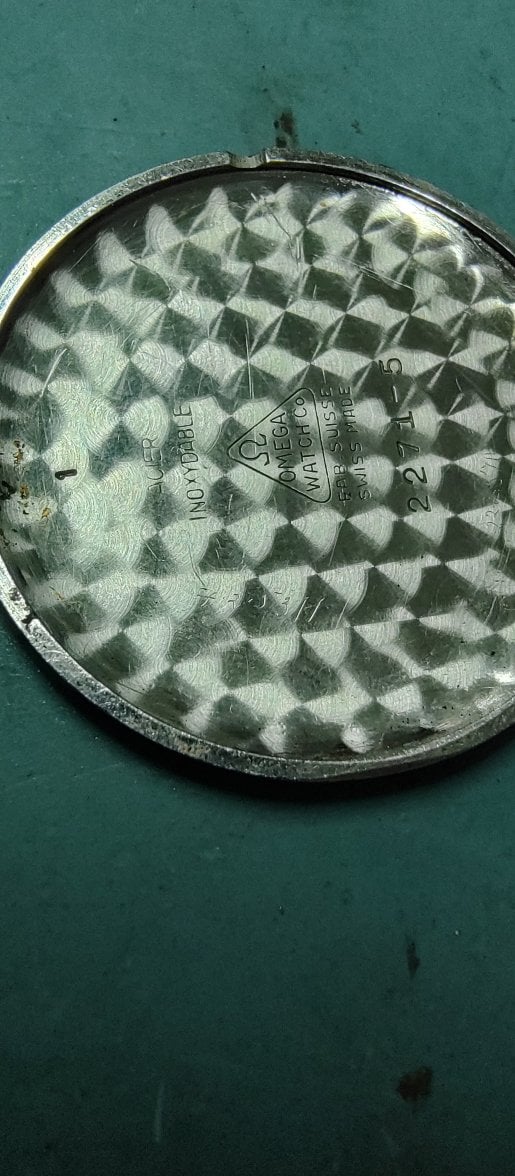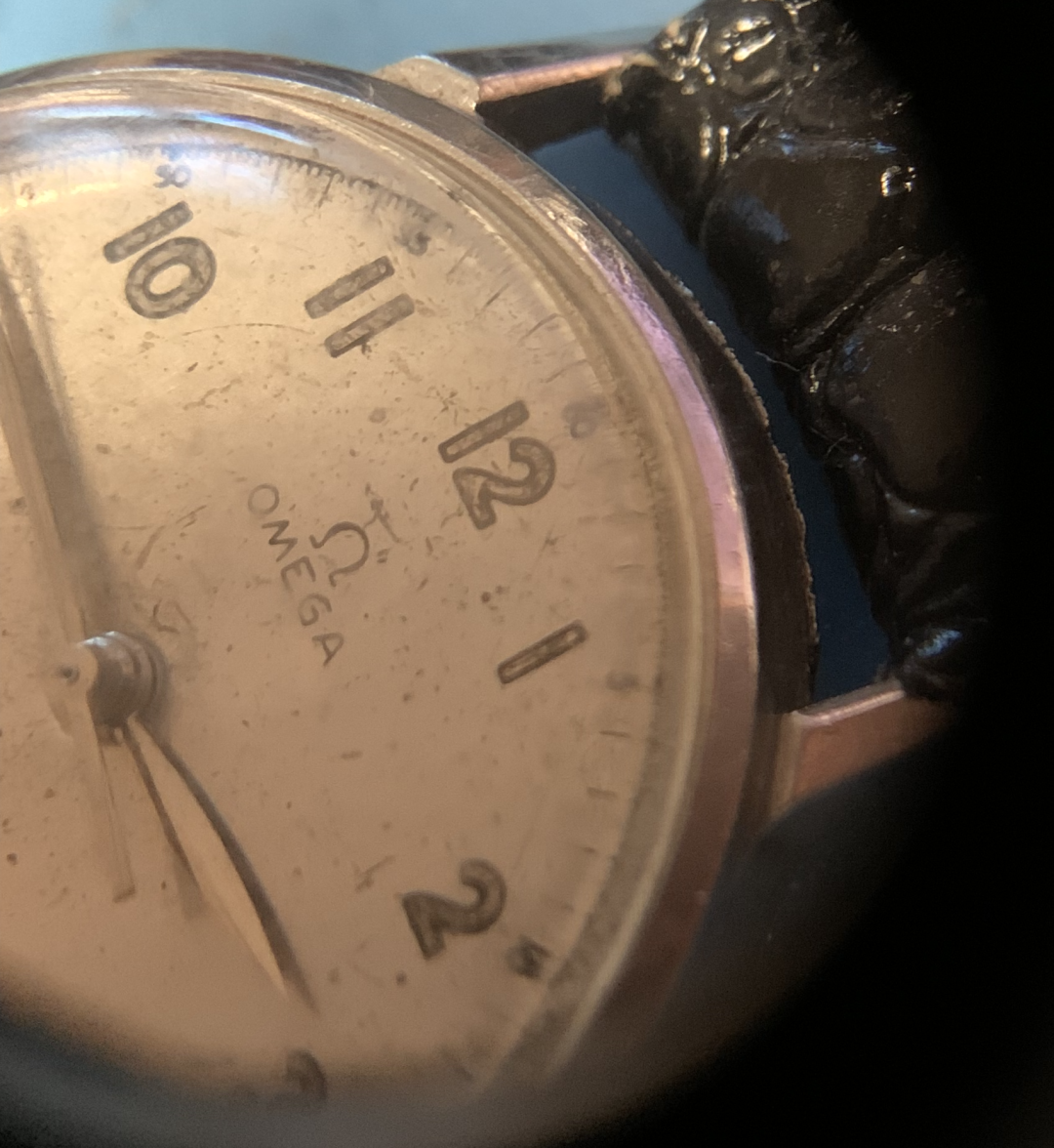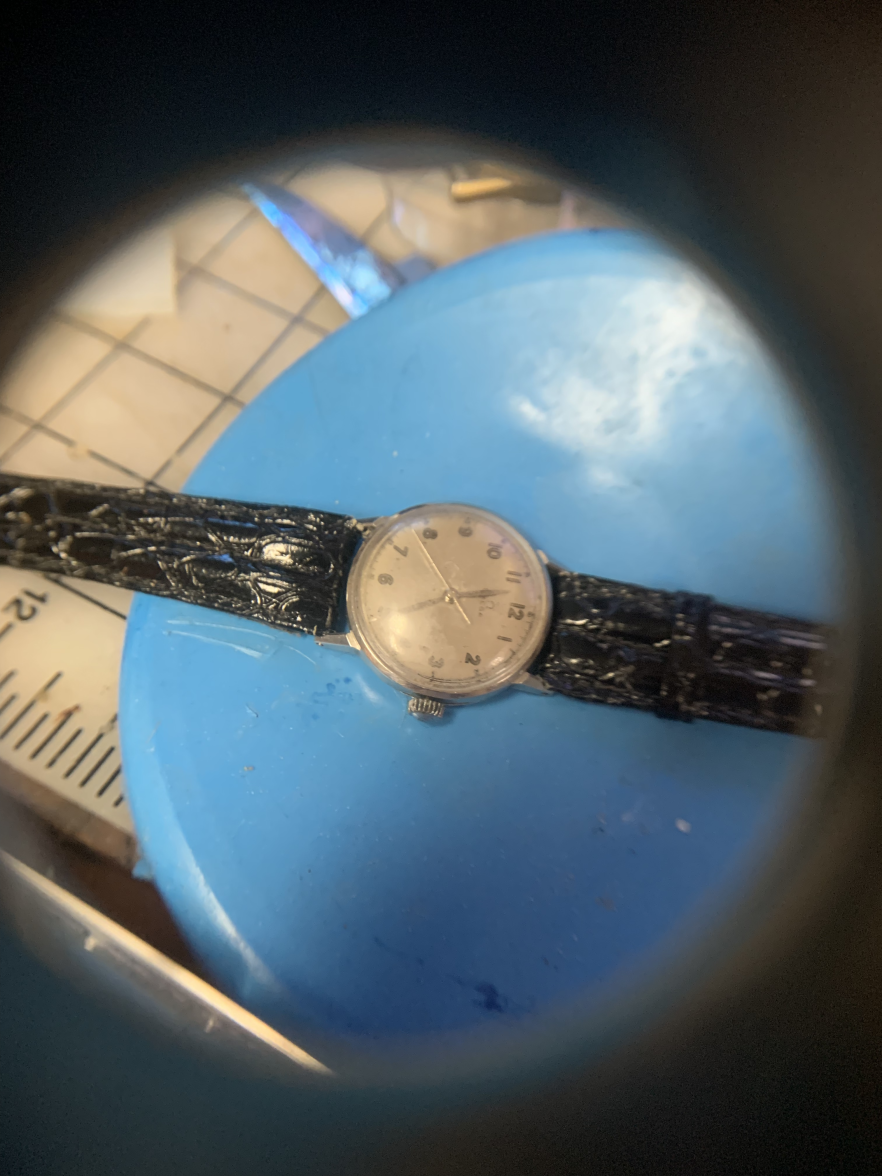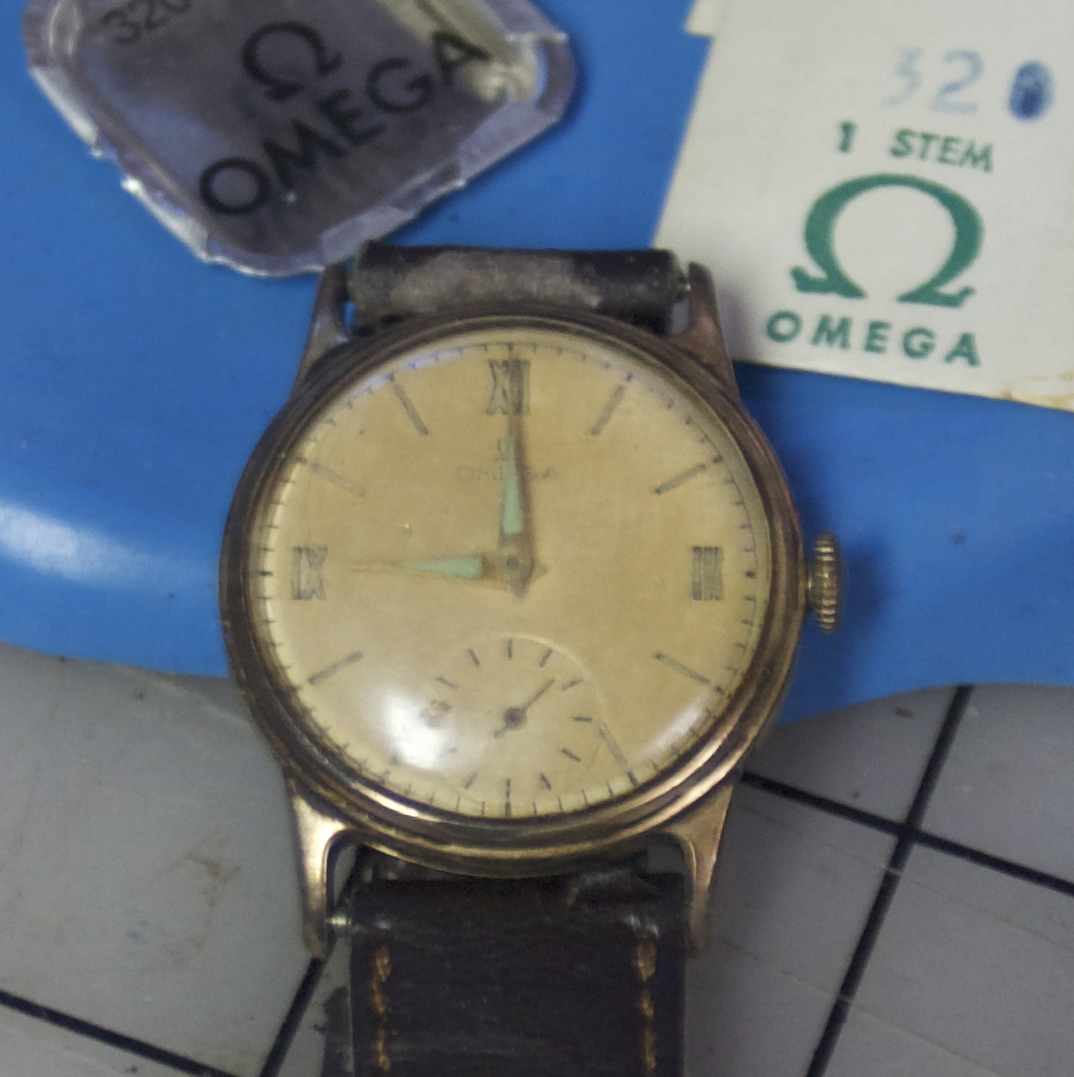@sheepdoll thanks for the information, I'm learning the technical names of the parts, I got a new staff from an ebay seller in Spain, also I understand the difficult to manage all these really small parts. As age comes by it's impossible to see it, took me some time to figure out the staff pivot was missing....
I'm already using a headband with 2 magnifying lens and still not enough, thinking in buy one of these chinese USB bullet microscope.
vintage car engines which I'm familiar to work with, and watches are similar... only mechanic parts and gears, the biggest problem is the scale between them haha.
I'll work on my lathe and try to build an "extractor" for the staff
Seems like there are a lot who like both Cars and watchs. Especially over on the Tag/Heuer site.
I suspect there are analogy such as learning to work on basic cars like ford or chevy, before working on Cadalac or Colls Royce. I'd name racing cars, but that would only expose my ignorance of such things as I do not really know the difference between formula 1 and Nascar. Other than I try and avoid Highway 37 when ever a race is on in Sonoma.
Traditionally replacing a staff was one of the first things taught. Although usually on pocket watches. The pre shock proof staffs broke easy.
There was a story about a watchmaker who when drunk would loose his tools to the pawnshop. To get himself out of hock, he would take three horse shoe nails. (found in the street as this was the days of horse travel.) Not sure where he would get the graver from? Perhaps he would heat a fouth nail over a candle to harden it. The watchmaker would drive the nails into the bench or the top of the bar to win a bet. Making a rudimentary miniature late. One of the nails being a tool rest. Using the long hairs from his beard, make a bow using a twig from a tree. Then proceed to turn a perfect balance staff.
I would suggest starting with some practice watches first. Benruses are good ones to start with and often have ETA or AS movements. Watchmaking is not one off. One needs to work with dozens if not hundreds of watches to learn the skills.
You WILL damage and destroy your first attempts. The watch gods demand sacrifice. The forces used are tiny. It is about fine control.
Get the proper loupes and learn how to wear them. Most place them in the left eye. The clip ons work for those with glasses. I have had mixed luck with the USB scopes. They do not have good depth of field. It is hard to focus between the screen and the bench. Less magnification is more working room. You want 7 to 10 inches of focal distance. I like the optivisors for rough work.
Perhaps AR headgear might be of use. I have some from the 1990s which is quite impractical. The new stuff (and all 3D) is novelty. Look how long google glass lasted. Even google cardboard is dead. Meta is betting the farm (Virtual NFT islands?) on something that has failed often over the last 250 years. Look how much biotech uses statistics compared to direct imaging.
Unlike cars and other machinery, the gears run dry. Really dry and clean. Really really clean. A watch shop needs to be nearly surgically clean. (why I work in the bedroom and not the she shed.)
As others point out. The oils used would cost 15,000 a liter or what ever. They are sold like in 5 Ml quantities. Which is enough for several years work. They and the cleaning solutions expire.
At least in this day and age (Unlike 30 years ago when much of this was trade secrets.) One can get the tools. Download the parts lists and data sheets.
I would not advise attempting to make an extractor. Just get one. Staking sets cost a few hundred used. If that scares you off this Hobby is not for you.
Have had mixed luck with the Asian copies. I am considering a jewel press eBay keeps recommending me.. Most of the times the copy has flaws in the metal. Such can be used with care, but expect parts to break or bend.
I try and get Bergeon when I can. Or Hortek. these will last forever if treated properly. I think in the car world there was something called snapon tools. Quality tools for quality work.
Also look for my other postings. At least get some books by Henry B. Fried. Read the watchmaking session. Most important do not simply start out of passion. Watchmaking is zen. It is about random repetition.
I watched Kung-foo panda last night. Perhaps it does take 20 to 30 years of meditation. (but that would make for a boring film.)
